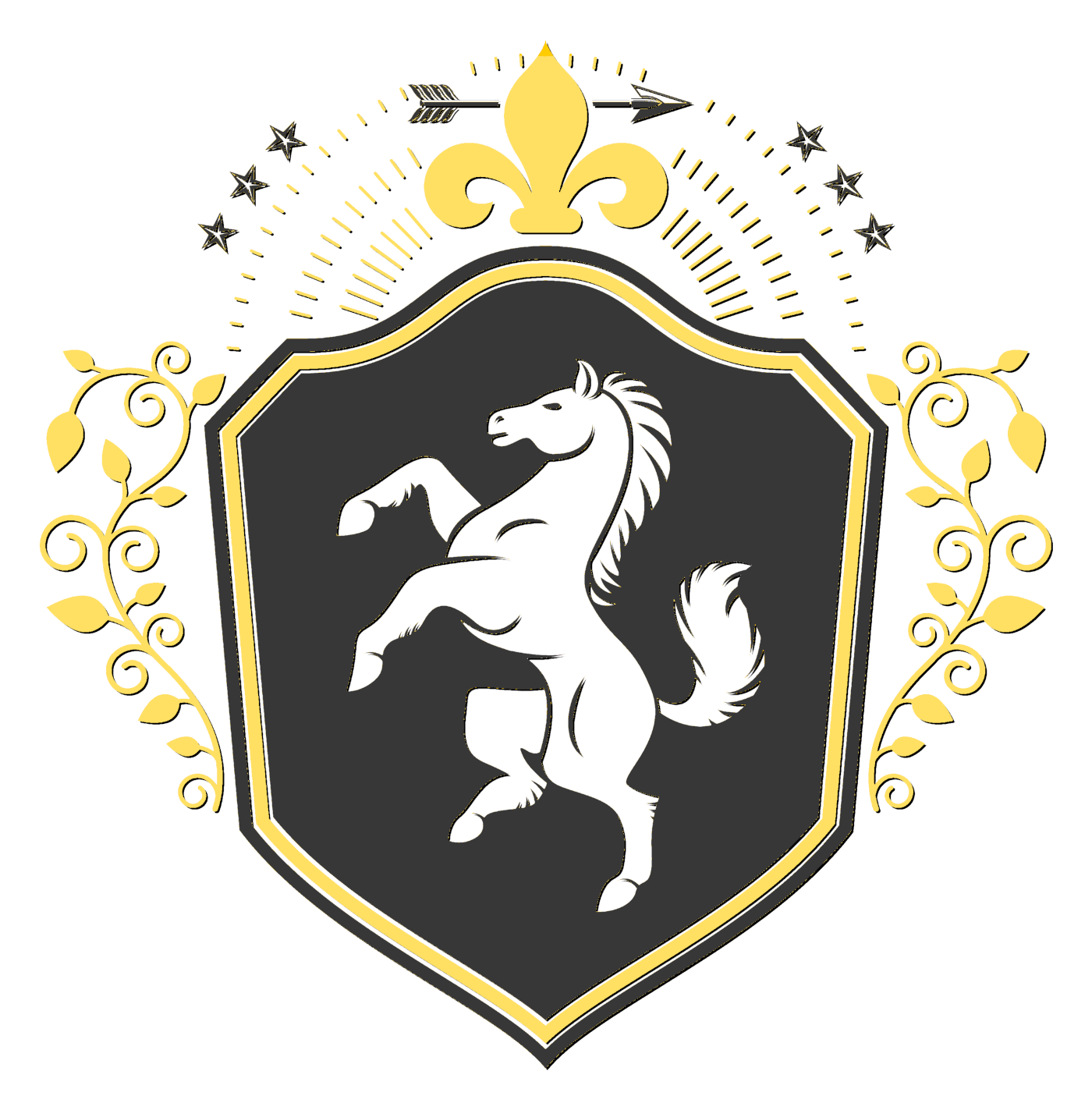I made up the basic idea of this several years ago, and I hope to develop it much further now. Critique I pray you!
This creature is in the form of a tree. I do not believe anyone knows that it is a creature, because they have never been observed by scientists, and by hardly any people at all.
It lives in forests where the upper canopy blocks out all light. It is not a part of the canopy, but is much smaller than the trees that make it. It lives in cave like darkness where no plants grow. There is nothing but the pillars of the trees with ancient, dry twigs that do not fall only because there is not a breath of wind. The mere passing by of a large animal on the forest floor or the sound of a voice would be enough to make some of them fall.
The fire basin tree lives there and grows as if it was a smaller tree in the open air, except that it has no leaves. It is thick of trunk and black. It grows to the size of a large tree of an ordinary forest or woodland, and so it would seem very towering and imperious among the straight, branch-less trunks that surround it, just as a sauropod would seem large though the earth it walks on is larger.
It has a knotted mat of thick, branching arms that imitate roots, that make a floor for a circular area around the tree. Beneath these it has a cloud of fine, root like threads with fewer thick roots among them for support. The creature can sense the tread of forest beasts by these fine, lower threads, and can tell how near they are coming.
When a beast seems to be near enough, from cracks or gashes in its sides the tree-creature spouts out streams of flame, like the flame of a torch or a wood fire. The flames attract the animals, which walk onto the disc of thick root-arms that surround the creature's trunk. The arms pull aside, entangling the stray beast's legs, then letting it down into the fine threads, that knit together around it and digest it.
The flames also keep the prey from coming near the trunk, where the arms are closer together and harder to move.
It is called the fire basin tree (by the few who call it anything) because it is usually thought that it drops its prey into a basin underneath, where the prey is burnt.
The leafless branches above grow lacy networks of twigs, and these sweat a perfume with a strong, sweet smell, to mask the smell of death.
The light of its flames making the complicated shadows dance in the upper branches also adds to its lure.
It has the ability to move, that is, to another place, but it never moves. Not unless the canopy above is broken, and light is let through.
These are the male of these creatures. For their reproduction the females walk through the forest from male to male, allowing them to mate with her in exchange for some of the food they have collected.
The female is far smaller, around the size of a tree-fern, or somewhat taller than a man and about as thick. Its upper arms are arranged more like concentric, inverted cones; they are very dense and full of finely meshed twigs.
The lower arms are spread in a disk like the male, but are arranged more regularly like the spokes of a wheel. They are not entangled with each other very much, and are used for walking across the forest floor. They are less knotted, and more frond like than the males arms.
The female cannot shoot flames. Their means of defense is being hard to injure or destroy. They go from one male creature to another, and mate with them at a place next to their trunk where their lower arms are absent. Then they send down their own system of fine threads, and entangle them with the fine threads of the male, drawing the digested food from them.
The male will blast the female with flames, which do not harm her. This may be a necessary part of the mating, or it may be that it pleases the female. It also may cause the female to, like the male, send out a perfume, which is pleasant to the male, from her network-like upper arms. The female also may carry away some of the bones which gather steadily about the male.
When the female is fertilized, the young creature will sprout from one of her lower arms, and grow there like a miniature of the adult. After near a year and two months, the mother will begin, from time to time, to shake its arm, twist it to try to break the young off on the ground, or even beat or scrape the young on a tree root or trunk.
The process is none too gentle. It may be nearly a month, or several months, before the mother will succeed in breaking the young creature off. The mother will abandon it then, and it will lie as motionless as when it was attached to its mothers arm. It will be a few weeks or months more before the young begins to move on its own.
When it does begin to move, both male and female young will drag themselves and attach as parasites to a tree root using a sharp beak. They grow this way until they are nearly two thirds of their fully grown size. Then they shed their beak and leave it joined to the tree root. The male will find a place to settle permanently, and the female will begin searching for males.
You must remember that everything that happens in the life of the creature is done in complete darkness, except when the fully mature male is luring prey, or a female, by its flames. These beasts have no way to make sound, except the scraping made by its lower arms, the rush and flap of the flames, or the mother beating their young off their arm.
They do not creak when they flex and bend, any more than a starfish does, but their limbs do scrape together.
Critique I pray you!
Do you have any questions? What are your favorite things about it? What does not seem to fit? Did something confuse you?
Do you have any ideas or suggestions for me? Does this remind you of anything?
I have a thread for this in the Bestiary:
viewtopic.php?f=13&t=7398&p=168804#p168804

